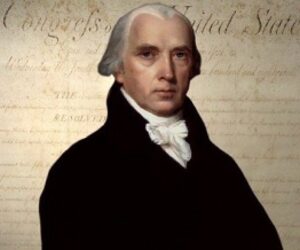We encounter symbols and signs every day. Some of them we use, and others we just pass by. We use some of these symbols to express our feelings and emotions. When you cannot find the right word, you can always use a symbol, right? But have you ever wondered about the meaning behind these famous symbols?
Do you correctly use these popular symbols? Using them wrongly can have catastrophic repercussions.
To prevent that, we take a look at these symbols and their meaning.
Heart Symbol

Today, we depict the heart as a symbol of romantic love. But do you know that the heart didn’t always depict romantic love?
There are many theories about the use of a heart-shaped symbol.
For example, in ancient Egypt, the symbol represented a popular herbal contraceptive in health logos. But the herb was over-cultivated to the point it gone extinct by the 1st century BCE.
Every part of the plant had useful benefits. People used it to treat ailments such as sore throats, leprosy, wart removal, coughs, and many more.
The seed of the plant, Silphium looked like a heart. But in the early 14th century, Italian painter Giotto drew a painting depicting the Christian virtue Charity handing her heart to Jesus Christ. Painted in the shape of a pine cone, held upside down, it portrays a shape similar to the modern hearth.
Since then, artists picked up the trend and started using the heart to symbolize love.
Trinity Knot

This symbol goes by many names, Irish Love Knot, Celtic Knot, Celtic Love Knot, and many more. In Latin, people call it the Triquetra, translating to three-cornered. The design uses three arcs interlacing between each other.
It is a popular Celtic symbol holding deep religious meaning. In some cults, the symbol represents Church logos.
Pagans and Wiccans claim the symbol represents the protective symbol of the Triple Goddess. Nobody can say with certainty what the symbol represented years and centuries ago.
But modern times use it to represent the Holy Trinity, the father, son, and the spirit. Some fitness enthusiasts use it to represent the holy trinity of good health, mind, body, and soul.
Power On-Off

You can find this symbol on nearly any device nowadays. But few people know the history of the sign.
It dates back to the 1940s when engineers used a binary system for representing specific switches. At the time, “1” represented on and “0” represented off.
Decades later, and the symbol evolved. It now features a circle (zero) and a vertical line (one).
Peace Sign

The peace sign is one of the new and modern popular symbols. We all know the meaning of it. But it is also one of the many symbols that originally had a different meaning. And now, it represents something entirely different than the original meaning.
Nowadays, the meaning of the peace symbol remains the same across the world. Originally, it came as a campaign logo for the anti-nuclear movement in the 1950s.
British designer Gerald Holtom created it for the famous UK peace group, Campaign for Nuclear Disarmament.
Soon, we adopted the logo as the universal sign of peace and anti-warfare. Activists around the world use it, as well as organizations and peace groups. Today, it remains one of the most widely recognized symbols in the world.
Anarchy Symbol
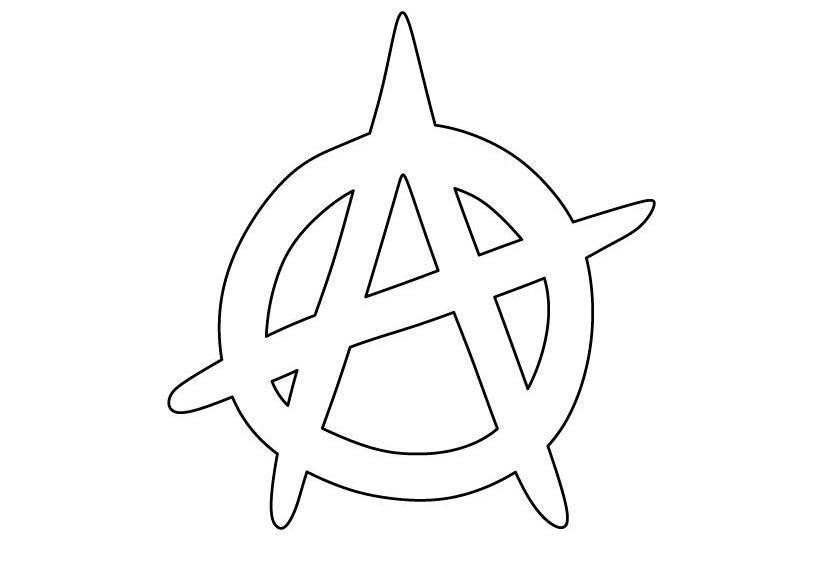
To this day, the anarchy symbol remains one of the most misunderstood and misinterpreted symbols. Many people interpret it as a symbol of chaos and lawlessness.
But the true and intended meaning of the symbol represents something else. Designed by the French journalists and libertarian, Pierre-Joseph Proudhon, the symbol consists of capital letters A and O.
“A” stands for Anarchy, and the “O” surrounding it for Order. The symbol itself stands for “society seeks order in anarchy”.
The ideology of anarchy gained momentum during the French revolution. But at the same time, the term gained a negative association with it. Rich and powerful people saw anarchy as a state of chaos, destruction, and danger.
Sadly, these connotations remain. And when uninformed proponents of anarchy march on the streets waving the anarchy symbol vandalizing properties, the sign gains an even more negative reputation.
We have to remember that anarchy is not chaos. It is actually order in its most, freest form.
Bluetooth Symbol

In the past 20 years or so, since cell phones took over, the Bluetooth symbol gained popularity. But where does the symbol come from?
Do you know that the symbol comes from Scandinavian runes? The modern Bluetooth symbol is a combination of two Scandinavian runes, Hagall and Bjarkan. The first one is the analogue of the Latin H, and the second one equals the Latin letter B.
They form the name Harald Blatand, a Denmark ruler in the tenth century. Oh and fun fact, the first generation Bluetooth devices came in blue color and resembled a tooth.
All-Seeing Eye
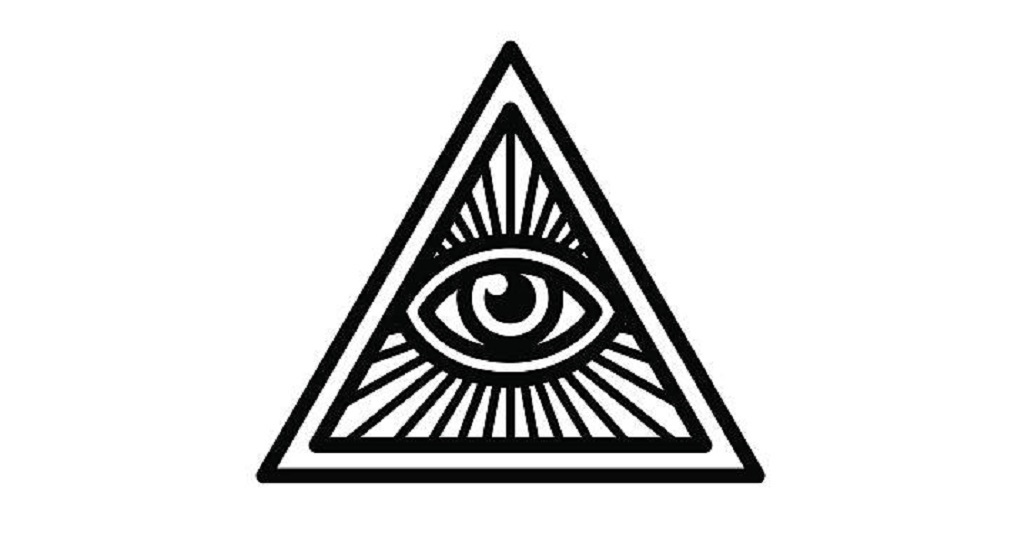
Let’s move to some mythological famous signs and symbols. This one has several, yet similar meanings. The earliest meaning of the all-seeing eye comes from Christianity. In the early days of the Christian church, the eye represented the ever-watchful eye of God. And the three corners represent the Holy Trinity.
In Ancient Egypt, the eye represented the Eye of Horus, the sky god. You can also find it as part of the Great Seal of the US on the back of the one-dollar bill.
Nowadays, conspiracy theorists link the symbol to freemasonry. According to these theories, the presence of the Great Seal is proof of freemasons and similar secret organizations.
Yin Yang
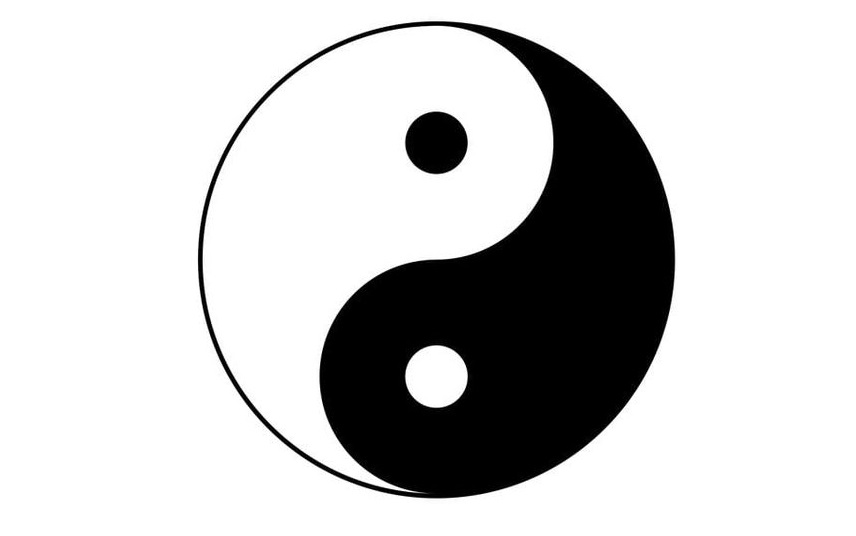
We use this symbol on a daily basis. At the same time, we use the phrase as well. Simply put, the symbol represents balance in life. Everything in life is dark and light, good and evil.
Yin and yang are the two opposite sides of the spectrum. We have to note, today, we know there is a middle ground. Everything is not black and white.
In Chinese mythology, Yin can change to Yang and vice versa. Yin represents the feminine side, and stands for black, north, water, transformation, and darkness. Yang represents the opposite, standing for light, fire, mountains, sun, and more.
Swastika
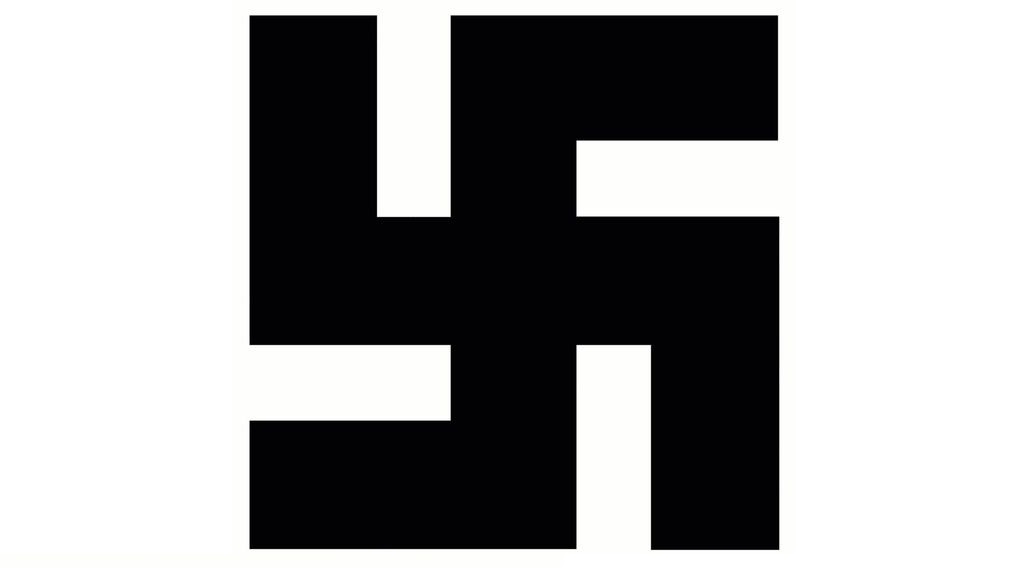
You cannot find a more controversial symbol than the Swastika. It is a shame that we link it to some of the most monstrous times in human history.
Did you know that thousands of years ago, the Swastika represented an ancient symbol of divinity and spirituality? You can find it in Buddhism, Hinduism, Jainism, and many more cultures and traditions.
In Buddhism, the Swastika represents the footprint of Buddha. In other cultures, it is a symbol of a spiritual savior.
Sadly, the Nazi party took it as its official symbol, using to denote the supremacy of the Aryan race. Today, it remains controversial, but also a hated and feared symbol.
Lately, Prince Harry of the British Royal family had to endure a scandal because of it. He chose a Swastika armband in a costume party in 2005. Immediately after, he and the Royal family issued an apology.
Pentagram
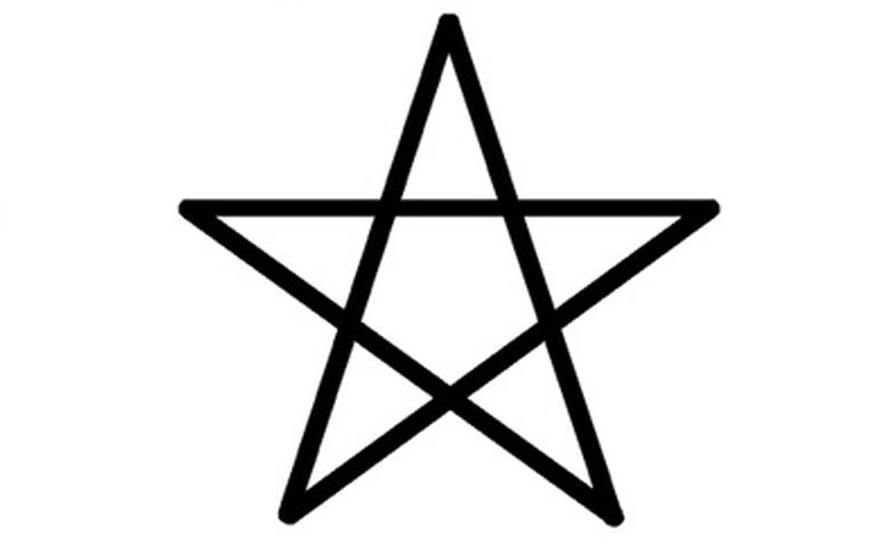
Since forever, the pentagram has found its way into witchcraft and Satanism. We can hardly remember any other meaning to it.
But there is. In ancient Greece, the pentagram held magical properties. You can also find it on cave walls in Babylonia. Greeks believed in the four elements of the pentagram, earth, air, fire, plus spirit.
Nowadays, the pentagram has found its way into modern occultists. For example, the Church of Jesus Christ of Latter-day saints uses both the upright and inverted pentagram in their temple architecture.
Wicca schools in the US display it on clothing and jewelry. In public schools, because of the representation of occultism and Satanism, the government has tried to prevent them. Yet, in 2000, students argued it is a violation of their First Amendment right to free exercise of religion.
Bonus: OK Sign

Most of us interpret the hand gesture for the OK sign as “All right” or “Okay”. But unlike the peace sign, the OK sign doesn’t have a universal meaning. In fact, in some places, you might offend people by using it.
There are many theories about the origin of the OK sign. According to one theory, Andrew Jackson, the 7th US president, used the expression to finalize his decisions. He wrote “All Correct” in a German manner, “Oll correct”. The short abbreviation of that is OK.
But as we said, some countries do not like the hand gesture. For example, in France, the gesture denotes the person at whom you direct it as zero, nothing.



